





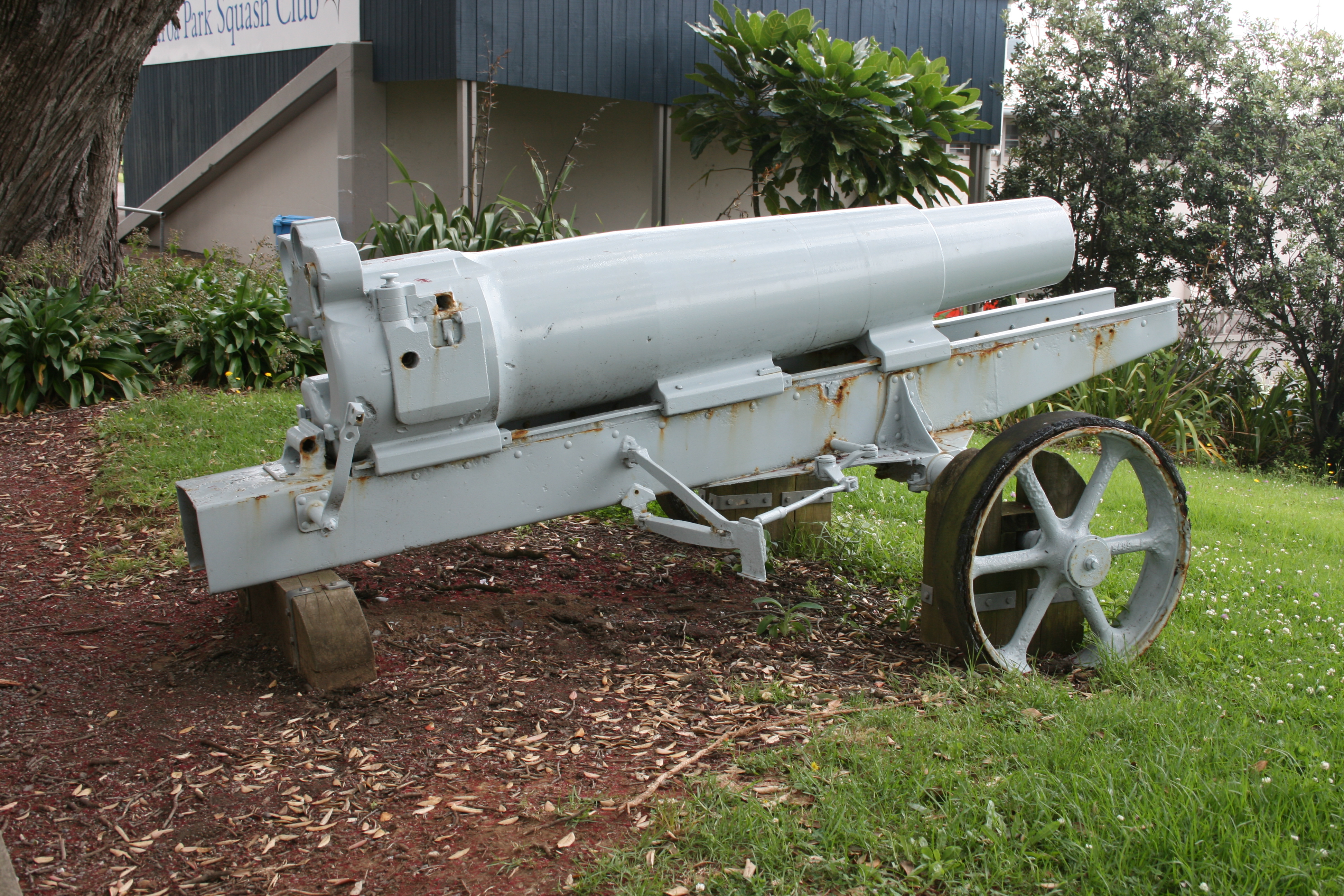
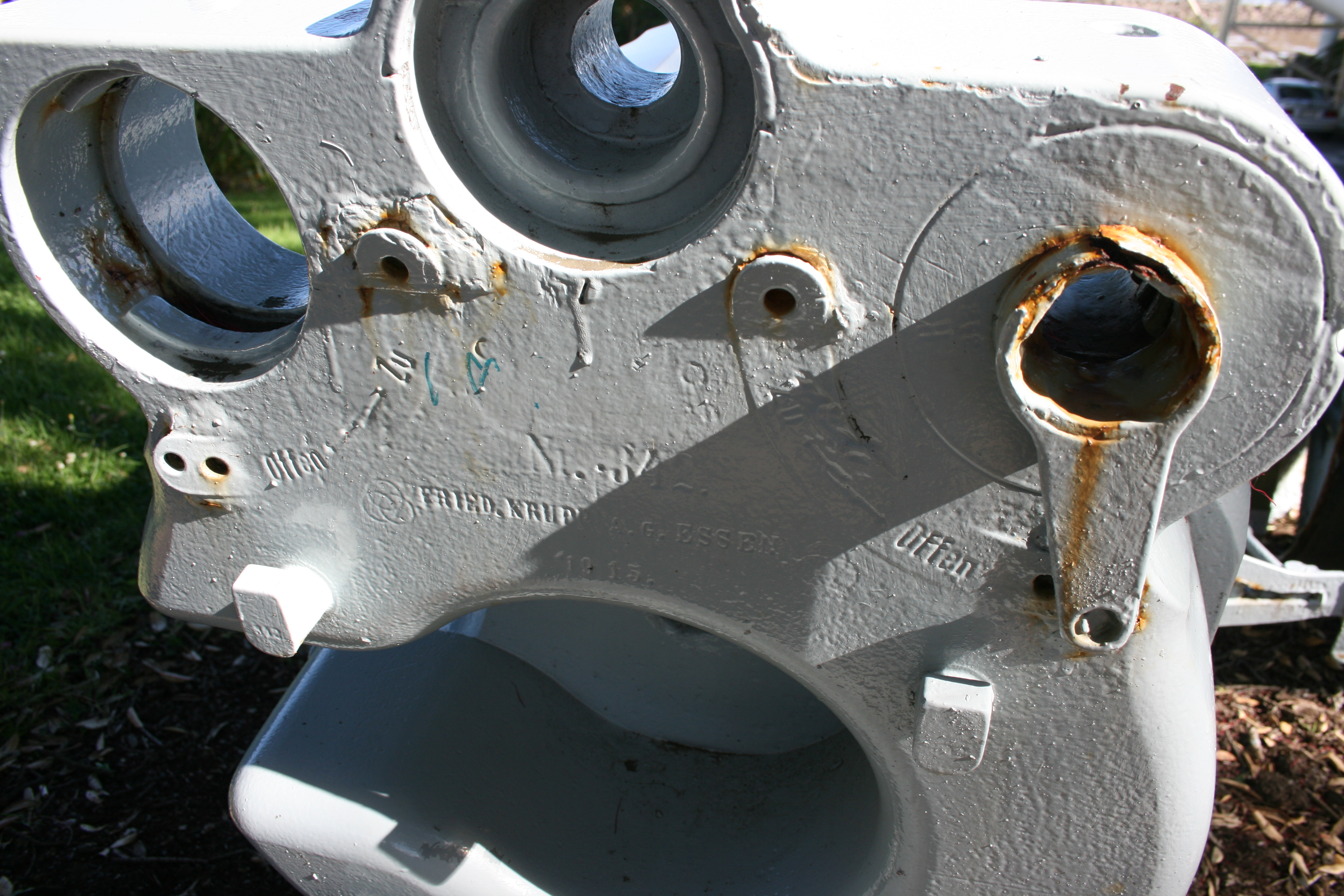
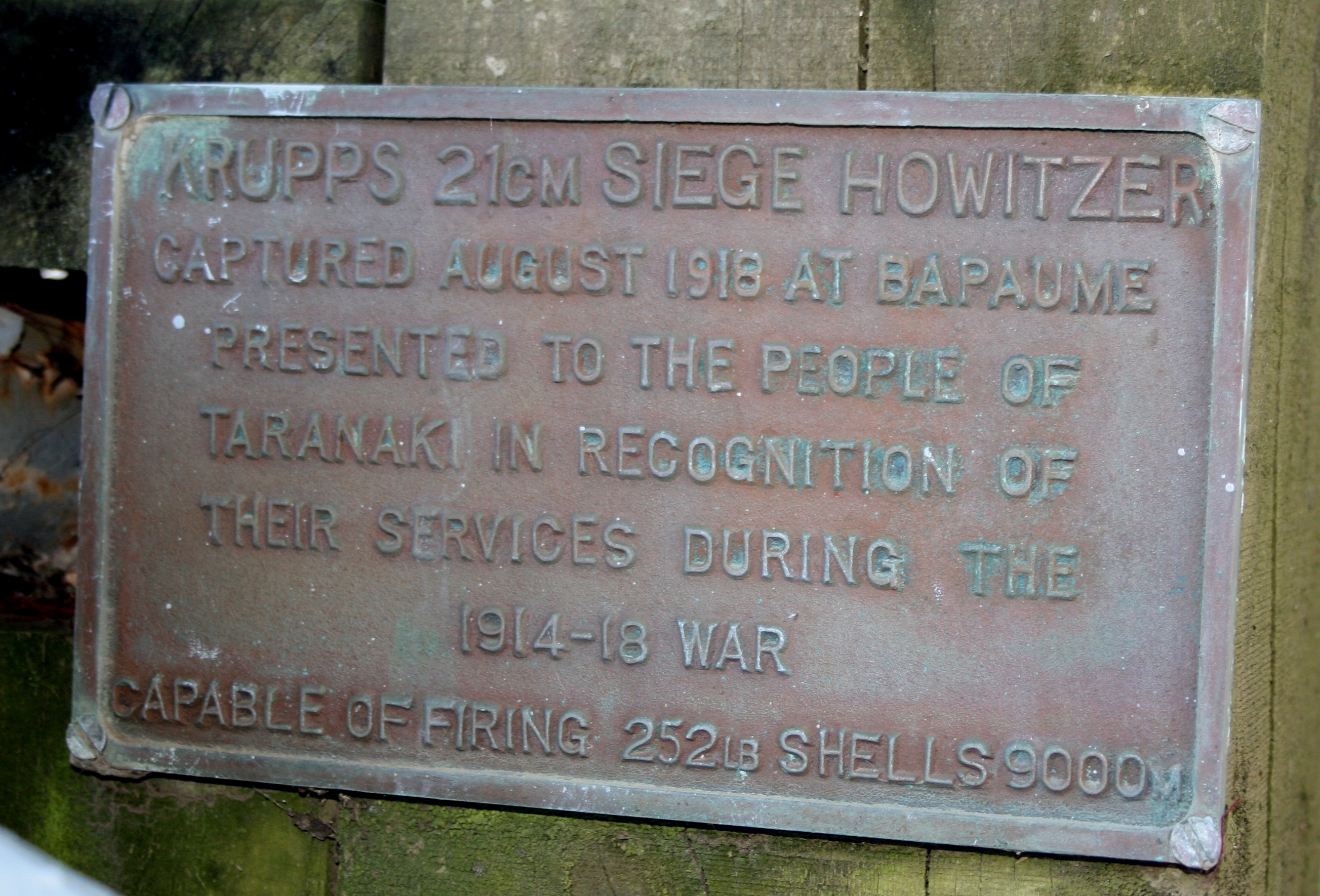
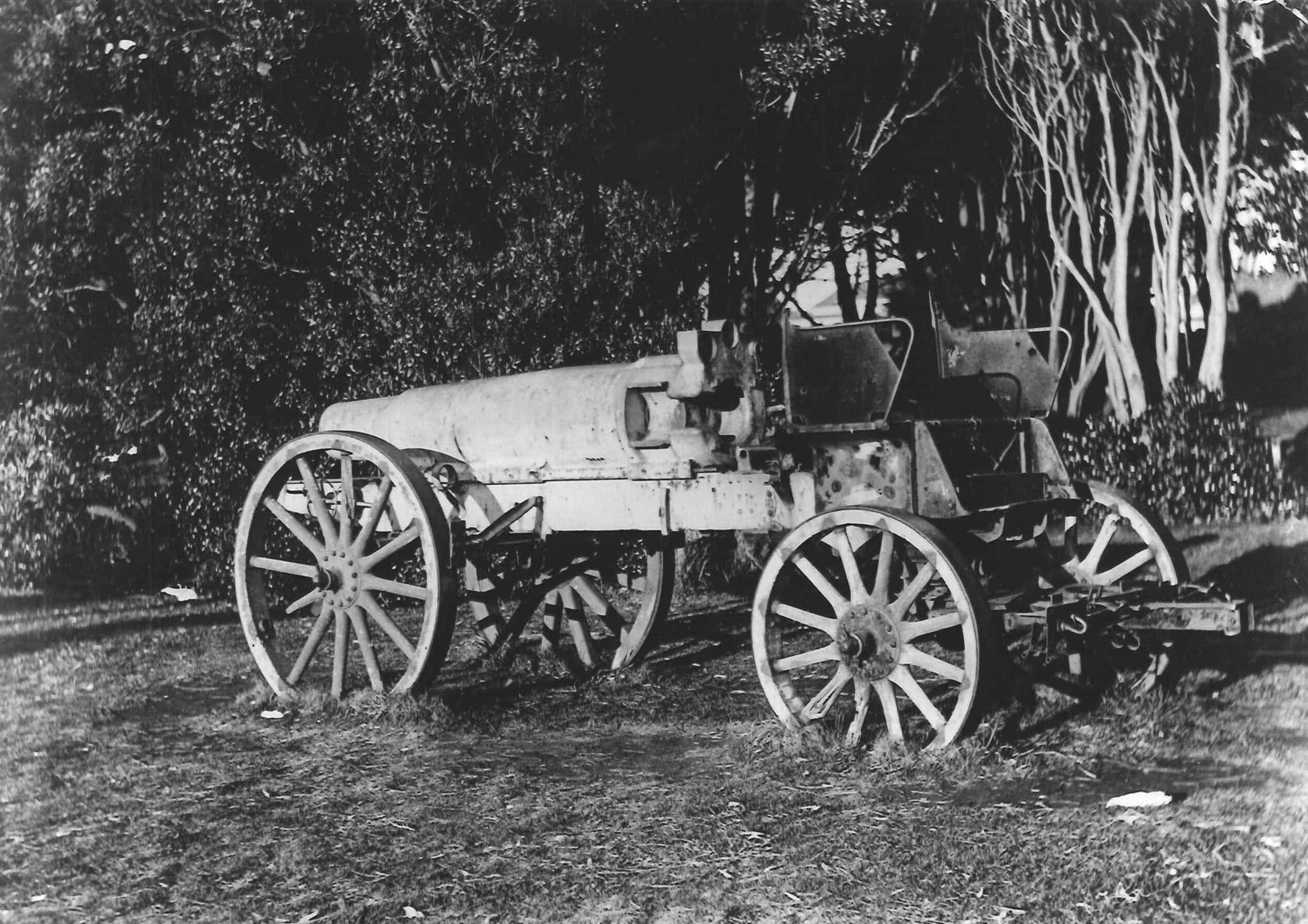
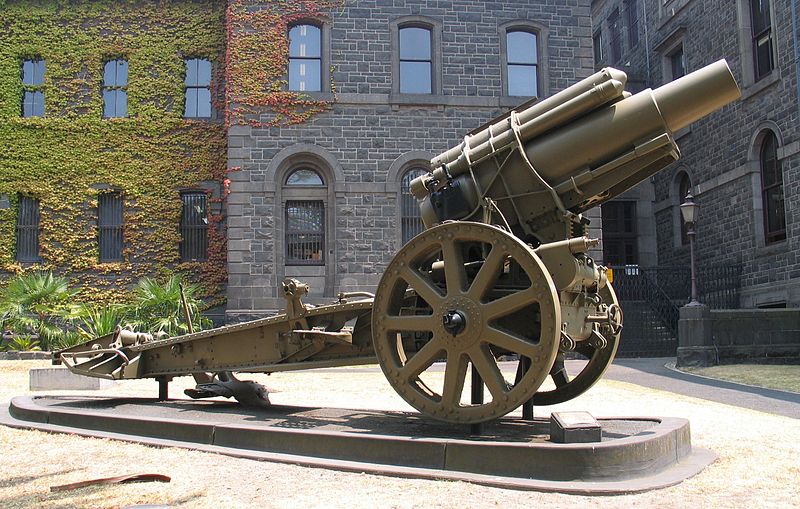
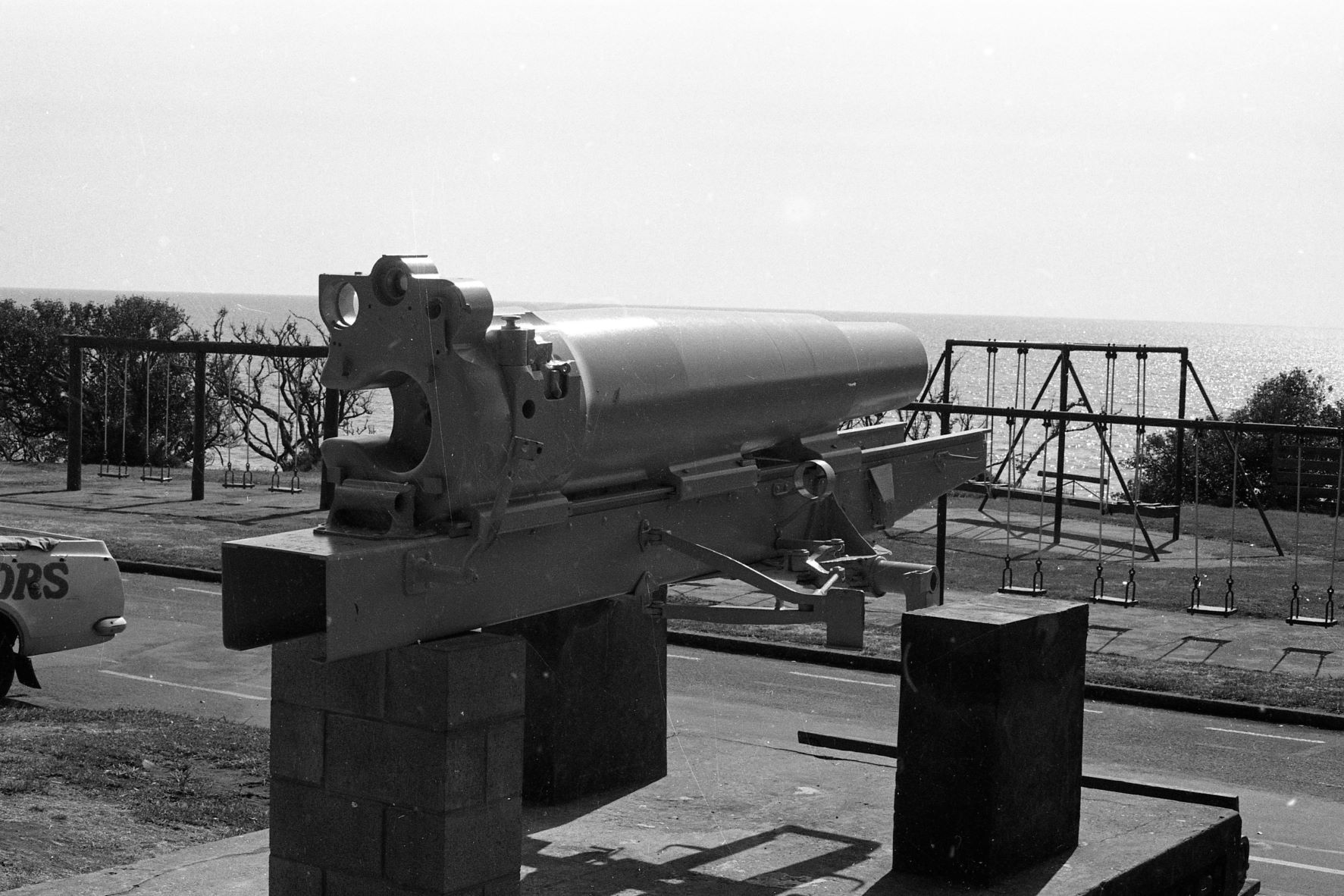
This German siege gun was a New Zealand Government war trophy presented to the New Plymouth Borough in 1920. The siege gun arrived in New Plymouth on 20 December and was to be placed in Kawaroa Park (Taranaki Daily News 21 December 1920 p.4).
However, it took some time for the council to decide how to mount the gun and how it was it to be paid for. On 20 December 1921 the Taranaki Daily News (p.5) reported that a sketch plan had been prepared for mounting the gun "in finished boulder work". On 7 March 1922 (TDN p.4) the New Plymouth Borough Council were told that there was a significant shortfall in in funding the installation and the Kawaroa Park Committee were to be asked for a contribution. The gun was still not in place by August (TDN 15 August 1922 p.4) although the borough engineer indicated that the gun was in position and "ready for the mountings". It appears it was finally mounted on a concrete base, however considerable controversy existed over it, as it was, even then, a sadly depleted remnant of the original weapon.
After World War I a number of German weapons captured during the war were distributed to communities around New Zealand . The type of trophy depended on the size of the community. Larger towns/cities were presented with large-calibre artillery pieces (New Plymouth), medium-sized towns with field artillery (Hāwera, Stratford, Eltham and Manaia ) or trench mortars (Inglewood, Waitara and Pātea), and smaller centres and other local bodies with machine guns (Ōpunake).
Many of these weapons were destroyed during World War II when the prospect of invasion by Japanese forces was very real. Eltham's field gun, for instance, was buried at Taumata Park but recovered in the 1983 and several south Taranaki machine guns were recovered from a well at Kakaramea in the 1980s. Inglewood's German trench mortar (minenwerfer) was displayed on the war memorial but disappeared without trace some time in the late 1960s.
Local folk-law records that New Plymouth's siege gun was captured near Baupame, France, at the end of August 1918 by D Company of the 3rd Battalion of the New Zealand Rifle Brigade. (Sunday Express 16 April 1978)
A now-legendary 'firing' of the howitzer with explosives one night in the early 1960s by three local youths was recorded in 2001. The gun was moved 20m from its original location in 2001 to make way for new public toilets at Kawaroa Park (Taranaki Daily News 14 November 2001). The present (2013) truck(?) wheels were added in the 1990s and are not original.
Further Reading about New Zealand's Artillery Heritage (TRC623.41 COO)
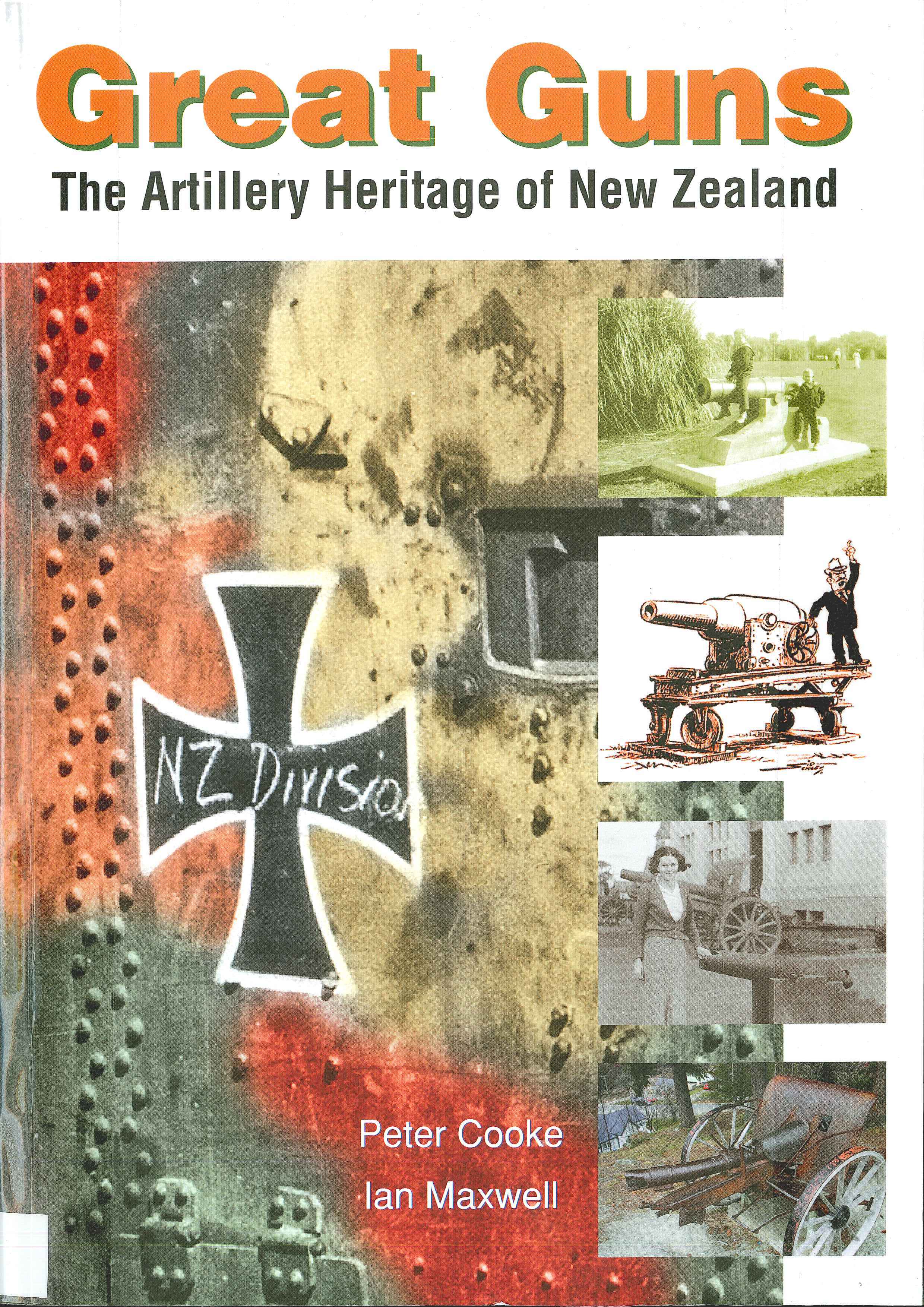
Cooke, Peter & Ian Maxwell, 2013
Please do not reproduce these images without permission from Puke Ariki.
Contact us for more information or you can order images online here.